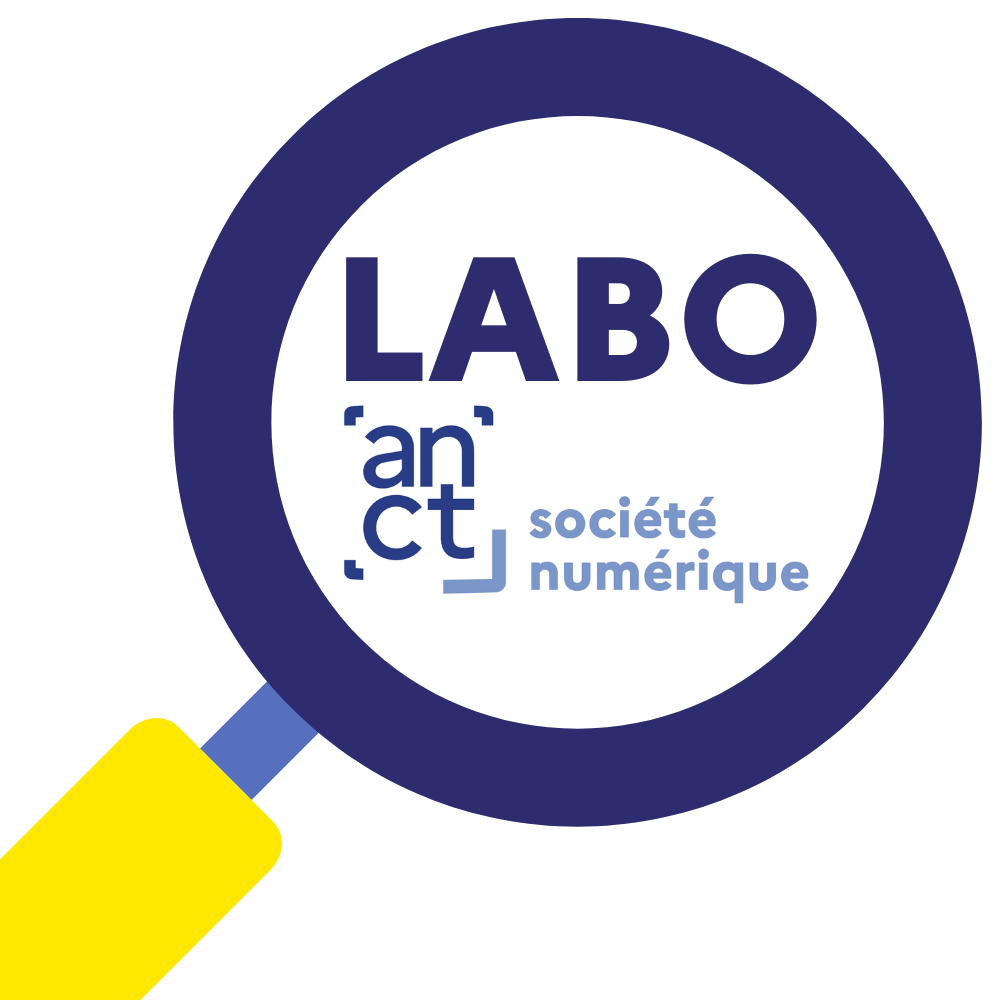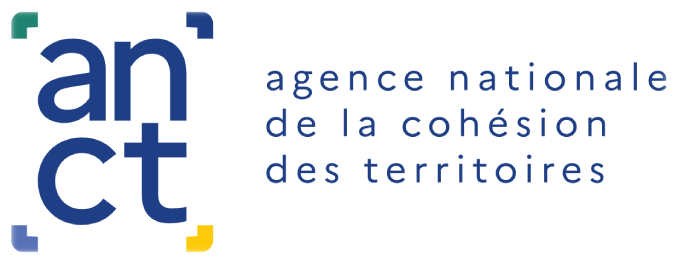A recent study study by INSEE looked at illiteracy in the Hauts-de-France region. 800,000 people (one in six inhabitants) are affected, particularly the elderly and those with few or no qualifications. And within the region, territorial disparities are emerging.
Insee had estimated, at the national level, for the year 2019 at 17% the share of the population in a situation of illiteracy. This concept of illectronism aggregates people who do not use the Internet and those, among Internet users, who lack at least one of the four digital skills. To this end, INSEE uses a digital skills indicator (Digital Skills Indicator) developed at the European level, which is based on 21 activities divided into 4 domains (information, communication, content creation and manipulation, problem solving).
7 out of 10 inhabitants of the Hauts-de-France region use the Internet every day or almost every day
In 2019, 84% of the region's inhabitants aged 15 or over used the Internet during the year. Usage is similar to that observed in the rest of France. In Hauts-de-France, 70% of the population connects to the Internet every day or almost every day, or 3,400,000 inhabitants.17% of the population aged 15 years or older is illiterate
13% of the population does not have access to the Internet from home, i.e. 600,000 people.16% of the inhabitants did not use the Internet during the year.
The others use the Internet but do not have basic digital skills in any of the 4 skill areas defined by Eurostat, namely information retrieval, communication, problem solving and software use.
This rate is similar to the national level. Nevertheless, INSEE specifies, "with equal measured characteristics, the inhabitants of Hauts-de-France are slightly more likely to be illiterate than those in the rest of France.
Conversely, one in four people in the region has a high level of proficiency in all four skill areas of the Internet, or 1,300,000 people.
According to INSEE, 32% of the inhabitants have a low mastery of the four digital skills.
Seniors are more likely to be illiterate
Even if there are situations of illiteracy among young people and seniors with a high level of mastery, Internet use reveals a significant generational divide. In Hauts-de-France, 7 out of 10 people in a situation of illectronism are 60 years old or more, while they represent less than 3 out of 10 inhabitants among those aged 15 or more.Digital vulnerabilities are often combined with social and economic vulnerabilities, which are numerous in the region
People affected by illiteracy often have little or no education. Thus, 34% of those with no or low education are affected, compared to only 2% of those with higher education. A large proportion of the non-graduates are elderly, but even among those under 60, those with little or no education are more often affected by illiteracy (15% of those with little or no education under 60 compared to 1% of those with higher education).Among working people, executives are the least often affected by illiteracy (2%), followed by intermediate professions (2%), employees (5%), craftsmen (7%), workers (11%) and finally farmers (23%). Two out of three working executives have a high level of digital literacy, linked to their professional uses.
Women are slightly more likely than men to be illiterate. This can be explained by their overrepresentation among those aged 75 or more.
Illiteracy is more prevalent in areas far from major cities
The rates of illiteracy vary from 13% in the European Metropolis of Lille to 25% in the Communauté de communes des Portes de la Thiérache (Aisne).In the large urban areas (Lille, Amiens and Arras) and in the south of the Oise, the rate of illiteracy is low. These areas have a younger population, with more students, due to the presence of university centers. The population is also more highly educated and more frequently occupies managerial and intermediate positions.
Conversely, in the EPCIs of Thiérache, Ternois, the southern coast and the eastern part of the Somme, the rate of illiteracy is very high. In these sparsely populated areas, the inhabitants are frequently elderly and have little or no education. They are more often workers, farmers and unemployed.
Thus, rates of illiteracy are high in areas away from major cities. Nevertheless, the number of people affected is significant in large cities, although the rate is much lower there.
In 2018, the Hauts-de-France region and the State launched a strategy dedicated to reducing the digital divide, identified and mapped nearly 800 specific devices: digital public spaces, third places, Maisons de services au public (MSAP)...The inclusive digital hub " The Assemblers ", jointly supported by the Region, the DRJSCS (SIILAB) and the POP group, accompanies the various players, trains digital inclusion professionals, and leads regional and local mediation networks.
Références :





